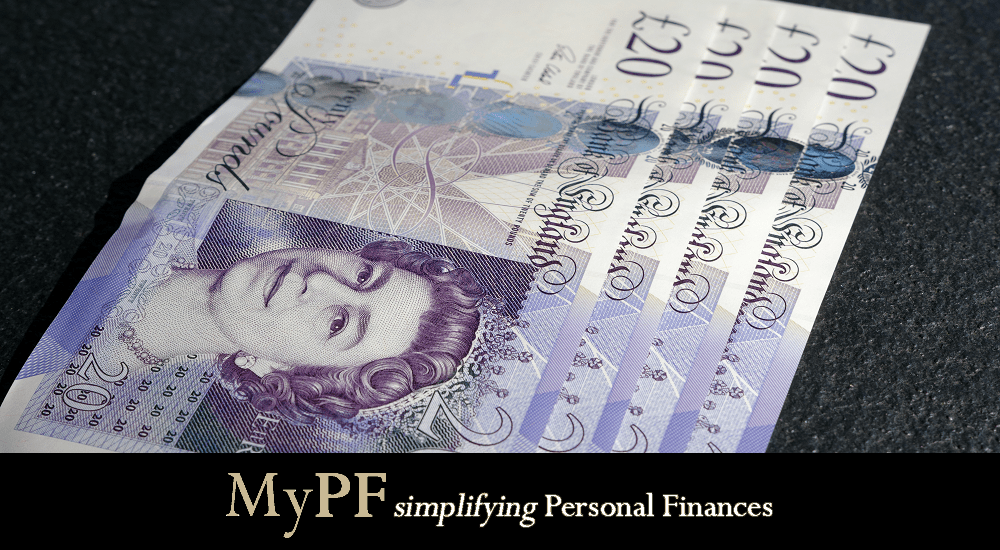UK joined Japan and Europe to implement negative interest rates. Why do negative interest rates happen? What is the impact of negative interest rates for a country and her citizens?
Last week, United Kingdom (UK) sold government bonds in negative interest rates for the first time. The £3.8bn auction by the debt management office (DMO) sold three-year government bonds with a yield, which indicates the interest paid, of -0.003%. This means investors have to pay to lend money to fund the government’s response to the Covid-19 outbreak. UK with this move has joined Japan, Switzerland, Denmark, and the Eurozone in implementing negative yields. This move reflects the prospects of a severe global recession and bond-buying by central banks to mitigate its impact.
“We know that we may have to draw on our tool kit at any point and looking very carefully at the experiences of those other central banks that have used negative rates, and a number of them are actually publishing quite interesting assessments at the moment.” Andrew Bailey, the Governor of Bank of England
Contents
Why Negative Interest Rates
#1. Stimulate Borrowings
Negative interest rates discourages savings as one would lose money by saving. This also encourages more borrowing and spending to stimulate the economy. Banks are incentivized to lend money to borrowers earning some interest rather than being charged by the central bank to to hold on to money. Overall businesses would then be incentivized to take on more risk. All this helps fight against deflation.
#2. Policy Bazooka
Although an unpopular policy tool and unorthodox monetary move, it has been used since before the global financial crisis. Negative interest rates would not be used in isolation but used together with large-scale asset purchases and using forward guidance to manage rate and inflation expectations.
#3. Fear of Falling Returns
People fearing returns continue to fall would rather have negative interest rates than losing even more. The situation is one where people are are more concerned with the return of capital rather than the return on capital. Saving in an account with a negative interest rate would typically entail paying a very small fee for keeping your money in a bank.
Implications of Negative Interest Rates
#1. Reversal of Status Quo
Customers’ deposits may see no interest paid or even charged interest by the bank to hold depositors money. Higher deposit amounts may even be charged a higher deposit fee. For example, UBS in Switzerland charges a deposit fee of -0.75% to rich customers with at least 2 million Swiss francs on their savings account (around CHF15,000 yearly) while Credit Suisse charges a deposit fee of 0.85% if you have more than 10 million swiss francs on your savings accounts. High yield savings account may cease to exist or become no longer high yield.
#2. Higher Housing Prices
Extremely low rates on mortgages could make housing prices higher. This happens when borrowings become cheaper and drive up demand. For example, Jyske Bank from Denmark offers 10-year loans with a -0.5% annual rate. Nordea Bank in Finland offered 20-year mortgages at 0% interest last year. While this might sound like a good opportunity to buy properties at lower interest rates, this may be offset by higher housing prices. This leads to fears of housing prices inflation and a housing bubble.
#3. Changing Landscape of Money
When interest rates are negative, consumers benefit to hold money in cash away from banks. This removes money from the banking system. This may lead to a threat of a bank run withdrawing their deposits risking the bank defaulting. The removal of cash from the banking system may also lead to a rise in interest rates which is the opposite of what negative interest rates hope to achieve. Businesses and individuals may increasingly shift assets to physical cash or gold leading to a higher demand and prices.
Overall
Negative interest rates are a monetary policy tool for the uncertain economic landscape in any country, especially during a global pandemic like this. The United States Fed Chairman Jerome Powell has repeatedly rejected the idea of negative benchmark rates but without completely ruling it out. Bank Negara Malaysia in May reduced interest rates by 50 basis points and analysts are predicting another rate cut later in the year. Although unlikely, only time will tell if we ever come to a point of seeing negative interest rates.
You May Also Like
- Malaysian Bond Market Falls in Yields
- Red Ink Across Bond Markets Over 1Q2020
- Dancing on the Yield Curve
- Governments, Central Bank Policies, & Macroeconomic Developments
What do you think about UK’s decision to give negative interest rates? Share with us in the comments section below.





Leave A Comment